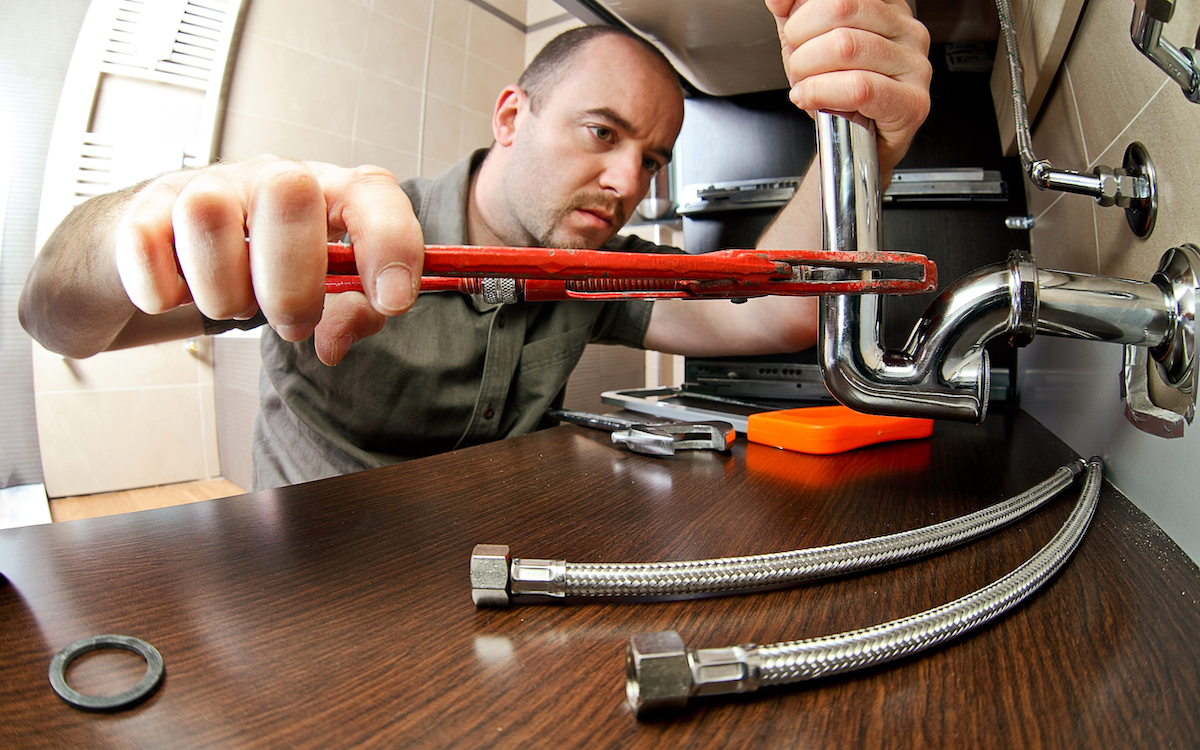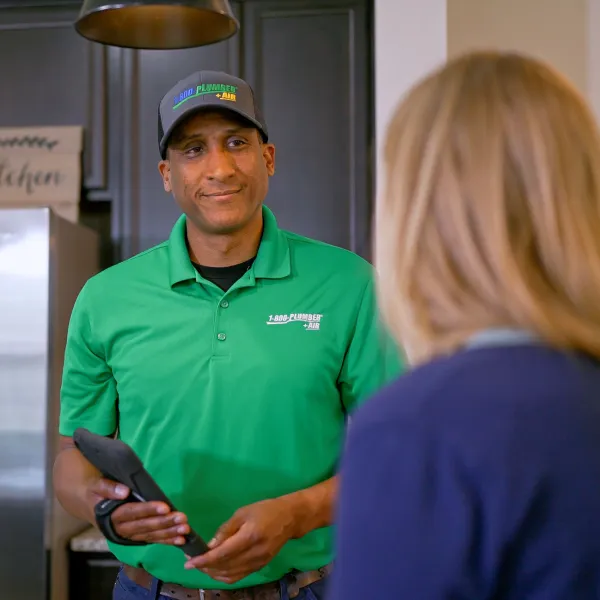Specialist Drain Cleaning Alabaster AL to Maintain Your Water Lines Flowing
Specialist Drain Cleaning Alabaster AL to Maintain Your Water Lines Flowing
Blog Article
A Step-by-Step Overview to Effective Water Heating Unit Setup for Optimal Efficiency
Embarking on the job of mounting a water heating unit is an endeavor that demands precision and an organized approach for attaining optimal performance. As you continue, the details of linking water supply lines and establishing up trustworthy electric or gas connections wait for, appealing insights right into making certain efficiency and dependability.
Selecting the Right Water Heating System

Following, take into consideration the dimension and capacity of the hot water heater. It's crucial to analyze your household's hot water requirements, which can vary based upon the variety of occupants and their usage patterns. An unit that's as well little might cause not enough warm water, while an extra-large version might result in unnecessary power consumption.
Efficiency ratings also play a critical function in choice. Try to find hot water heater with high Power Variable (EF) scores, suggesting premium efficiency and lowered power use. Tankless versions, though commonly extra pricey ahead of time, deal considerable energy cost savings in time due to their on-demand heating capacities.
Preparing the Installment Location
Before mounting a new water heating system, precise prep work of the installment area is essential. It's critical to measure the room thoroughly to suit the water heater's measurements, ensuring appropriate clearance around the device for efficient procedure and maintenance.
Check the floor for security, as the water heating system will need a solid, degree surface area to run properly. If essential, mount a drip frying pan underneath the system to catch potential leaks or spills, avoiding water damage to the surrounding location.
In addition, make certain that all essential devices and materials are on hand before starting the installment. This includes products such as wrenches, screwdrivers, a level, and any kind of added equipment required for mounting and safeguarding the heating system. A well-prepared installment area sets the structure for an effective water heating unit setup, maximizing efficiency and security.
Connecting Supply Of Water Lines
When connecting water lines to your recently installed water heating system, it is essential to make sure that all connections are secure and leak-free to maintain reliable procedure and prevent water damages. Begin by identifying the cool and hot supply of water lines. The cool water inlet is normally marked with a blue tag or a "C", while the hot water electrical outlet is marked with a red tag or an "H".
Use versatile water heating system adapters to facilitate a simpler setup procedure. Prior to affixing the connectors, place a plumbing technician's tape around the threaded ends of the water heating unit's inlet and outlet pipelines.
Once links remain in location, slowly switch on the major supply of water valve. Examine each link for leakages by aesthetically examining and really feeling for wetness. Tighten up links as needed, and make certain the stress alleviation shutoff is appropriately mounted, guarding versus extreme stress build-up.
Establishing Electrical or Gas Connections
Properly establishing the electrical or gas links for your hot water heater is a crucial action to make certain reliable and secure procedure. For electrical water heating systems, start by validating that the electrical circuit is suitable with the heater's voltage and amperage demands. Ensure the power supply is turned off at the circuit breaker to stop accidents. Link the electrical cords to the heating unit complying with the manufacturer's circuitry representation. Usually, this involves connecting the ground cord to the eco-friendly terminal, and the remaining cords to their matching terminals, securing each with wire nuts.
For gas water heating units, safety and security is paramount. Link the gas line to the water heating system using a versatile gas port, guaranteeing it is properly threaded and secured with pipeline joint compound or Teflon tape suitable for gas connections.
As soon as links are made, inspect for any type of prospective leakages. For gas lines, use a soapy water service to the joints; bubbles suggest a leak. For electric links, double-check that all wiring is safe and effectively shielded, maintaining compliance with local electrical codes.
Checking and Changing for Efficiency
With the electrical and gas connections securely in place, the next step is evaluating the operational efficiency of your hot water heater. Begin by thoroughly switching on the water system and ensuring there are no leaks at any of the joints or valves. As soon as validated, continue to fill up the storage tank, paying interest to the pressure and temperature settings. It is advisable to set the thermostat to a recommended temperature level of around 120 ° F(49 ° C) to stabilize power effectiveness and comfort.
Following, do a complete assessment to guarantee the heating components or burner are functioning appropriately. For electric heaters, make use of a multimeter to confirm if the elements find more are attracting the suitable existing. In gas designs, observe the burner fire; it must be blue and constant, suggesting reliable combustion.
Adjust the setups as necessary to get rid of inefficiencies. Think about implementing insulation official website actions, such as adding a hot water heater blanket, to further improve efficiency by reducing warmth loss. Furthermore, examine the anode rod's condition, as a tatty rod can lower efficiency and bring about container corrosion.
Verdict
Effective water heating unit setup is critical for ensuring optimal performance and energy savings. Securely connecting water supply lines and very carefully establishing up electrical or gas connections reduce potential issues.

Appropriately establishing up the electric or gas links for your water heating system is an essential step to make sure reliable and secure procedure. For electrical water heating systems, start by validating that the electric circuit is suitable with the heating system's voltage and amperage needs. Attach the gas line to the water see page heating system making use of an adaptable gas adapter, guaranteeing it is effectively threaded and secured with pipeline joint substance or Teflon tape appropriate for gas links.
Report this page